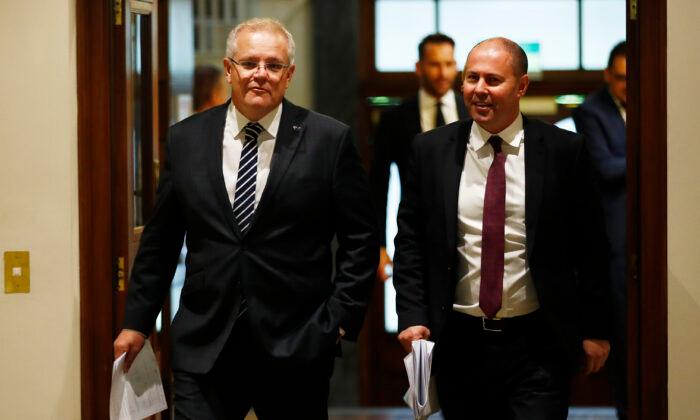On April 23, Australian Prime Minister Scott Morrison said that the jobless payments, which were doubled because of the CCP virus pandemic, will likely be cut once it’s over. This means that while the unemployed may not have yet found work, their financial support will be halved, to its normal rate.
Australia is spending $14 billion (US$9 billion) over six months, in one of the largest boosts to social security benefits in history.
“We’ve put a COVID supplement in place for the period of the pandemic and that’s what we’ve budgeted for and that’s what our policy is,” Morrison told reporters.
Greens senator Rachel Siewert, who has long called for an increase to unemployment benefits, was not impressed.
“An increase to the Jobseeker payment must be long term and permanent,” Siewert said.
However, the prime minister’s focus is on restoring jobs and businesses.
“Our focus is on keeping as many Australians in a job and as many Australian businesses in business,” he said.
“So the best way to get people off JobKeeper and off JobSeeker is to ensure that those businesses are busy again and that’s why opening up the elective surgery is important. That’s why opening up our schools again is important,” Morrison said.
Over half a million Australians have applied for the unemployment payout during the pandemic.
This means that they can access up to $10,000 (US$6,000) from this financial year and up to another $10,000 next financial year.





